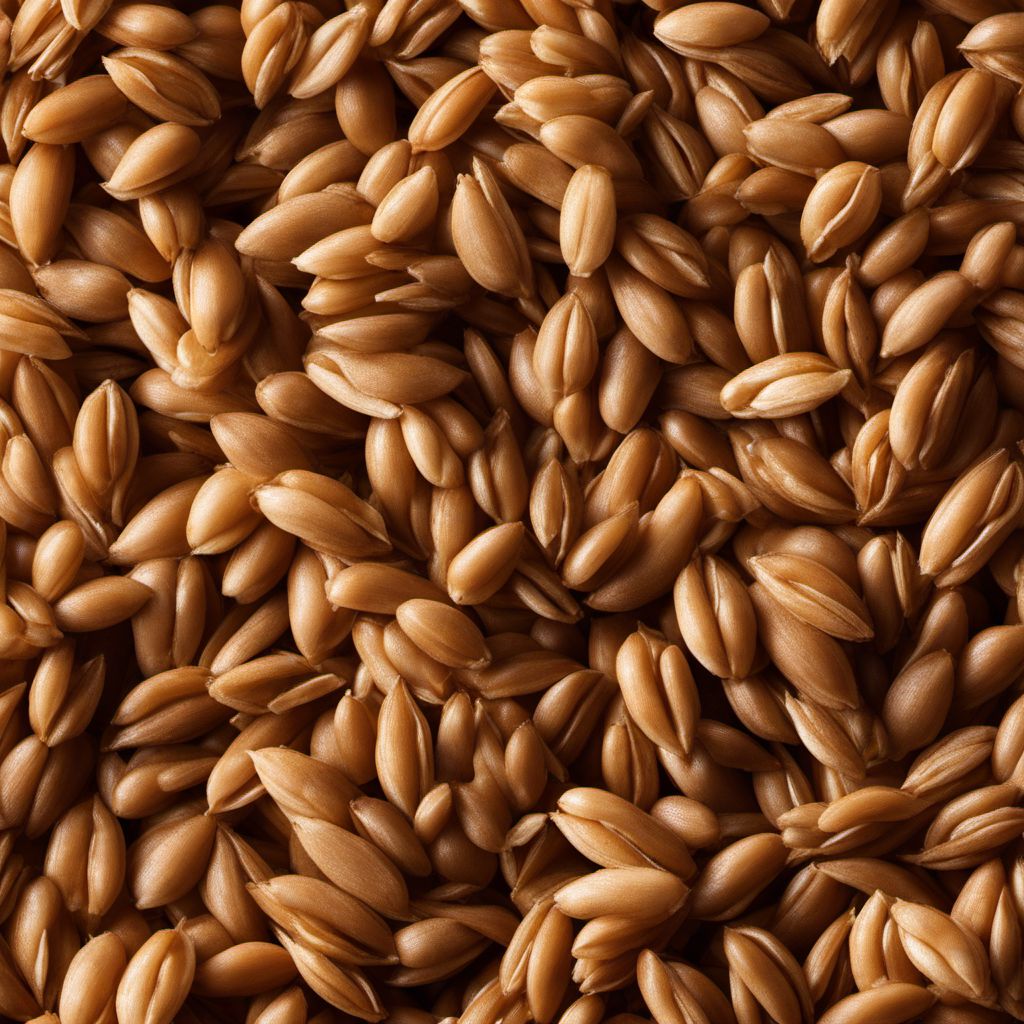
Ingredient
Emmer wheat grain
The Ancient Grain: Emmer Wheat
Emmer wheat grain, also known as farro, is a nutritious and ancient grain that boasts a nutty flavor and a chewy texture. It has a distinct appearance with its elongated shape and golden hue. Emmer wheat is commonly used in soups, salads, pilafs, and baked goods, adding a wholesome and hearty element to dishes.
Origins and history
Emmer wheat has a rich history dating back to ancient civilizations such as the Egyptians and Romans, who relied on it as a staple food source. It was one of the first cultivated grains and played a significant role in early agriculture. Emmer wheat is believed to have originated in the Fertile Crescent, an area encompassing modern-day Iraq, Syria, and Turkey. Its cultivation spread throughout Europe and eventually reached other parts of the world. Today, emmer wheat is still grown in various regions, particularly in Italy, where it is highly regarded for its culinary value.
Nutritional information
Emmer wheat grain is a good source of dietary fiber, protein, and essential minerals such as iron and magnesium. It is also low in fat and cholesterol, making it a healthy choice for those seeking a nutritious grain option. A 1-cup serving of cooked emmer wheat grain provides approximately 200 calories, 8 grams of protein, and 6 grams of fiber.
Allergens
Emmer wheat grain does not contain any known allergens, making it suitable for individuals with common food allergies.
How to select
When selecting emmer wheat grain, look for whole grains that are intact and free from any signs of moisture or insect damage. Opt for organic or locally sourced varieties whenever possible to ensure the highest quality and freshness.
Storage recommendations
To maintain the freshness and quality of emmer wheat grain, store it in an airtight container in a cool, dry place. Avoid exposure to moisture, heat, or direct sunlight, as these can cause the grain to spoil or lose its flavor. Properly stored, emmer wheat grain can last for up to 1 year.
How to produce
Emmer wheat grain can be grown by amateur gardeners in temperate climates. It requires well-drained soil and full sun exposure. Sow the seeds in early spring and provide regular watering throughout the growing season. Harvest the grain when the stalks turn golden and the heads are fully matured.
Preparation tips
Emmer wheat grain can be cooked similarly to rice or other grains. Rinse the grains thoroughly before cooking to remove any debris. To cook, combine 1 cup of emmer wheat grain with 2 cups of water or broth in a saucepan. Bring to a boil, then reduce the heat and simmer for about 30-40 minutes, or until the grains are tender and have absorbed the liquid. Emmer wheat grain can be used as a base for salads, added to soups or stews, or used as a side dish. It can also be ground into flour and used in baking recipes such as bread or pasta.
Substitutions
Spelt grain, einkorn wheat, or barley can be used as substitutes for emmer wheat grain, although they may have slightly different flavors and textures.
Culinary uses
Emmer wheat grain is commonly used in Mediterranean and Middle Eastern cuisines. It is often incorporated into dishes such as salads, pilafs, risottos, and bread. Emmer wheat grain can also be ground into flour and used to make pasta or baked goods. Its versatility allows it to be used in both savory and sweet recipes, adding a wholesome and nutty element to the final dish.
Availability
Emmer wheat grain is commonly available in Italy, where it is known as farro. It is also cultivated in other parts of Europe, the United States, and Canada. Additionally, emmer wheat grain can be found in specialty health food stores or online retailers that offer a wide range of grains and organic products.
More ingredients from this category
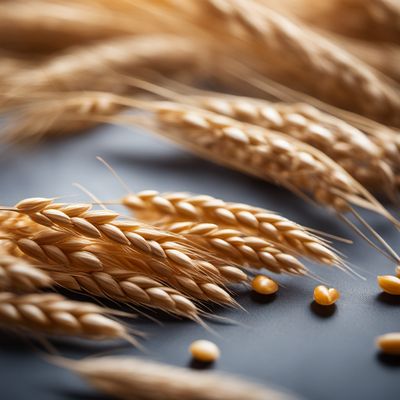
Common wheat grain
The Versatile Staple: Common Wheat Grain
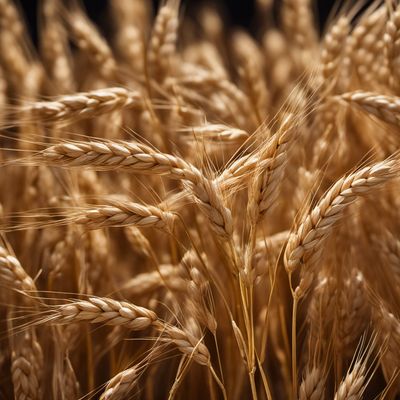
Einkorn wheat grain
Ancient Grains Rediscovered: Einkorn Wheat

Spelt grain
The Ancient Nutritious Grain

Tritordeum
The Golden Grain: Unveiling the Wonders of Tritordeum
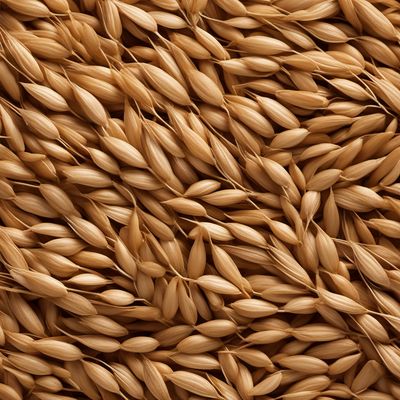
Khorasan wheat grain
The Ancient Nutrient
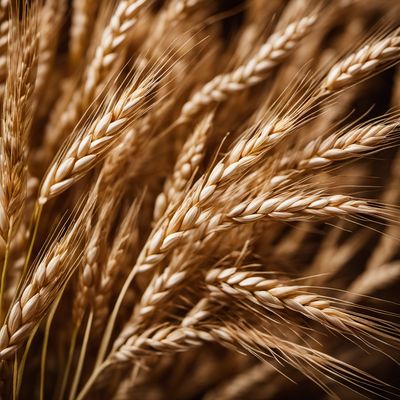
Triticale grain
The Versatile Hybrid: Triticale Grain
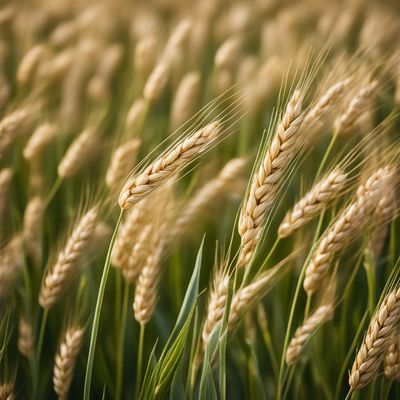
Durum wheat grain
The Golden Kernel
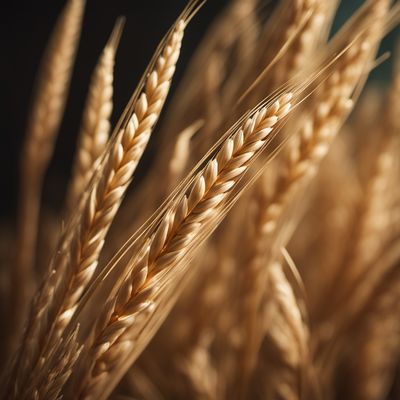
Other species of genus Triticum, not elsewhere mentioned
Ancient Grains: Exploring the Lesser-Known Triticum Varieties
Recipes using Emmer wheat grain

Carmarthenshire Farro Soup
Hearty Farro Delight: Carmarthenshire's Wholesome Soup

Faroese Grilled Lamb Tacos
Smokey Lamb Tacos with a Faroese Twist

Hearty Farro Soup with Vegetables
Savory Harvest: A Wholesome Farro Soup Bursting with Flavor

Mesciua - Tuscan Chickpea and Farro Soup
Hearty Tuscan Delight: Mesciua - A Nutritious Chickpea and Farro Soup